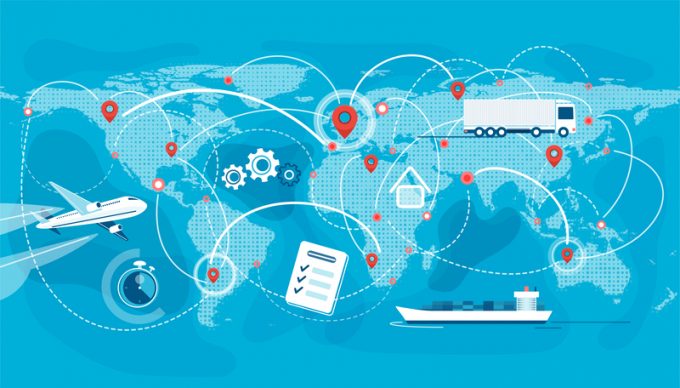'Bullwhip effect' may feature in the post-coronavirus logistics 'new normal'
Supply chains will be different in the wake of Covid-19: the preference will be for ...

Companies now seem to have a significantly enlarged toolkit to assess and improve their supply chain alignment.
This week the Chicago-based Association for Supply Chain Management (ASCM) unveiled a revised, digital version of its Supply Chain Operations Reference (SCOR) model, which describes business activities associated with satisfying customer demand.
According to the association, SCOR is “the only comprehensive, universally accepted and open-access supply chain standard”, which has been used by over 5,000 public and private organisations around the world.
The SCOR model, developed ...
MSC Elsa 3 sinking – now the 'blame game' begins
Crew saved as MSC box ship, hit by 'monsoon' off Indian coast, sinks
After DSV 'cuts the cake' on Schenker acquisition, time for redundancies?
New services and reinstated blanked sailings boost transpacific capacity
Congestion fear as US west coast ports brace for transpacific cargo surge
$2.1bn E2open purchase will 'catapult WiseTech into a different dimension'
Houthis claim Red Sea safe for box ships not calling at port of Haifa
Bad news for shippers as wave of transpacific rate increases continues
Shippers hold their breath as Trump appeals court ruling that tariffs are illegal
No deals with carriers, say Houthis – Red Sea safe for non Israel-affiliated ships
Shippers brace for rate rise as smart phones expected to drive air cargo market
US importers stockpiling goods to avert autumn shortages amid tariff chaos

Comment on this article